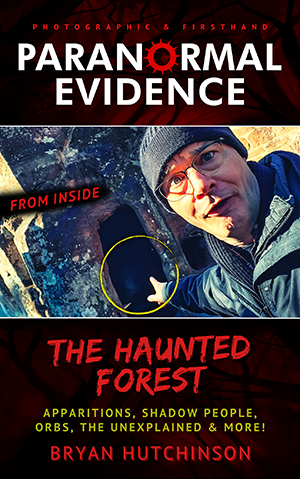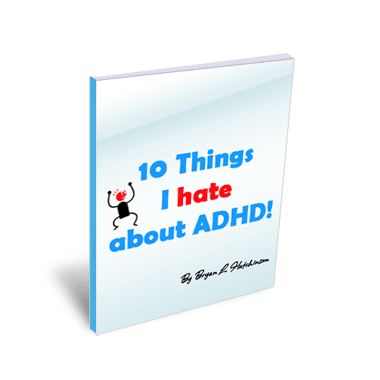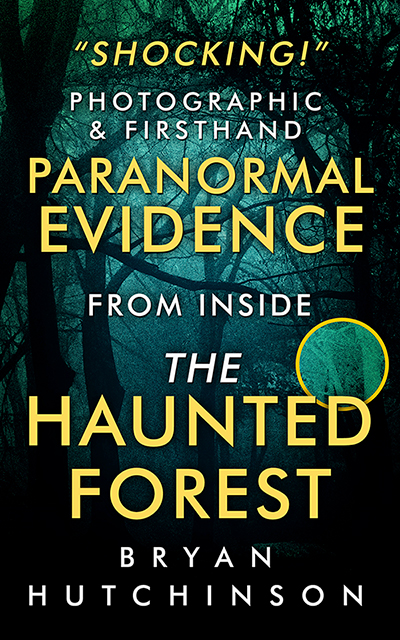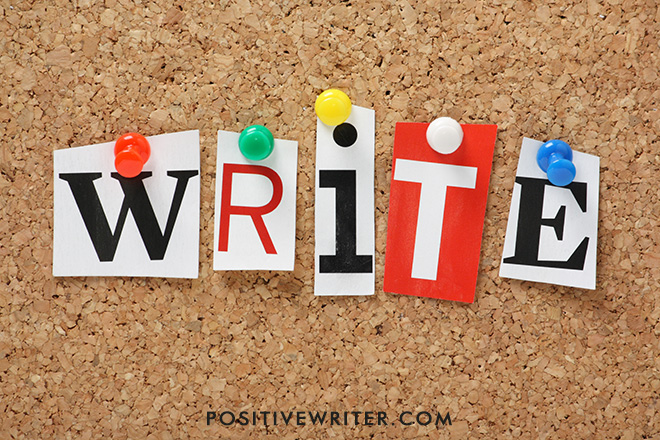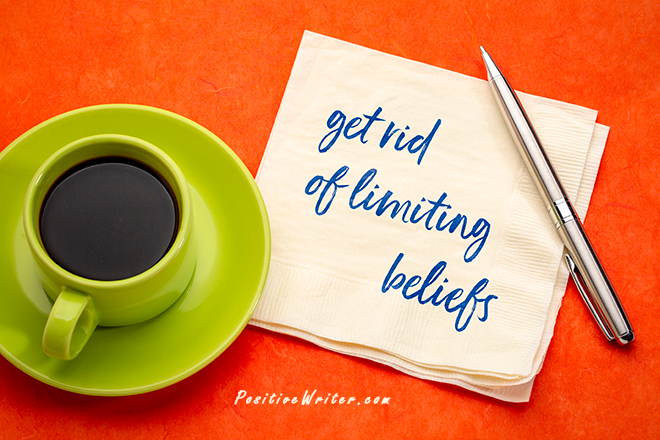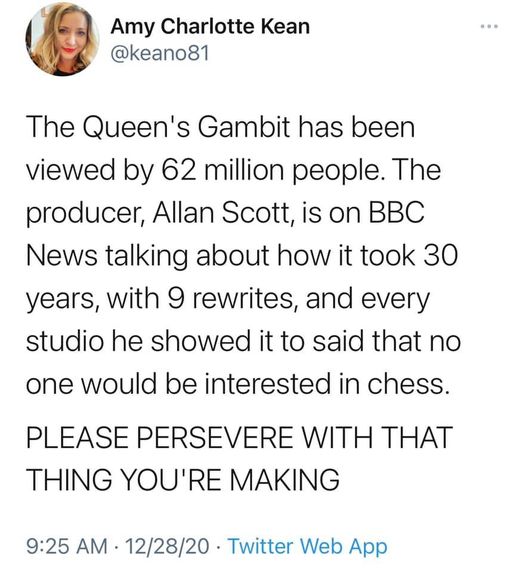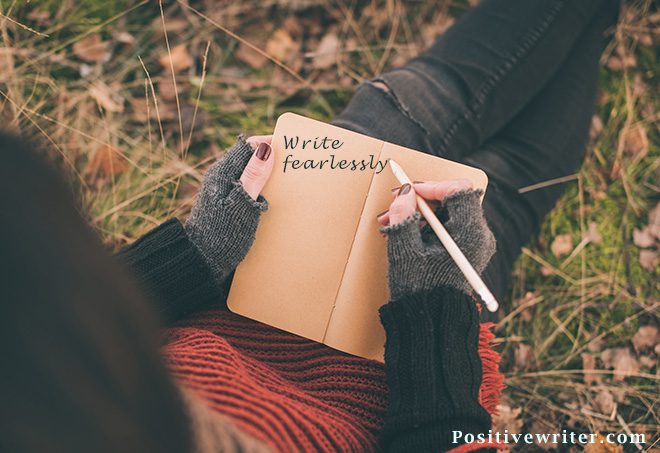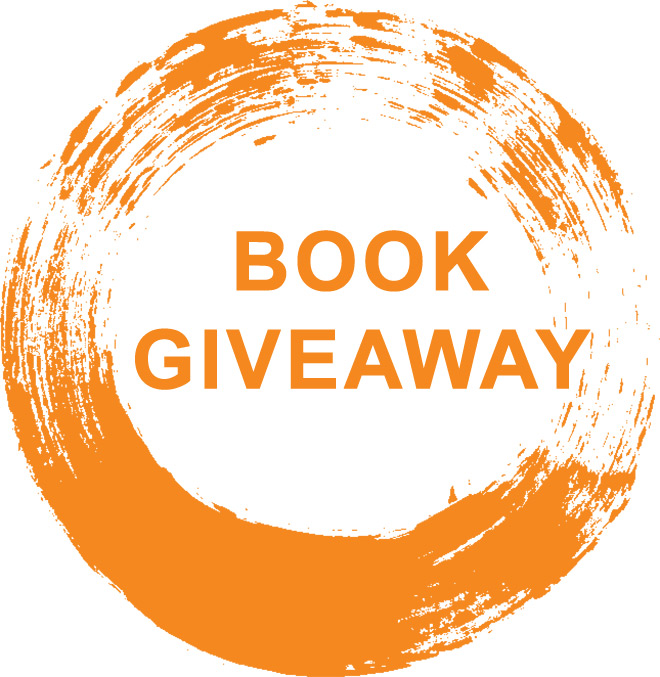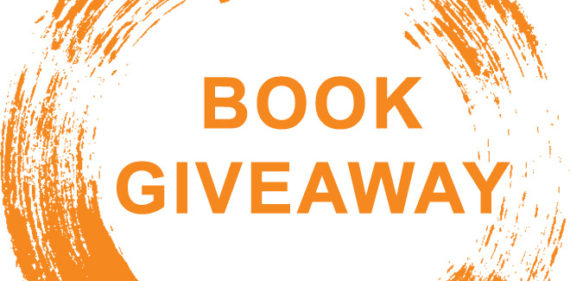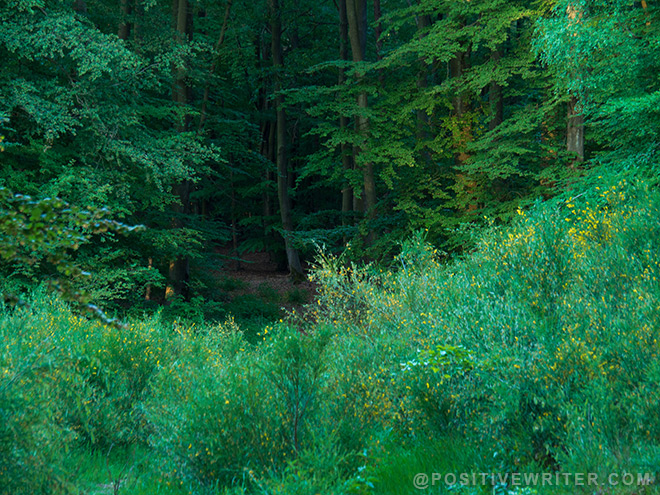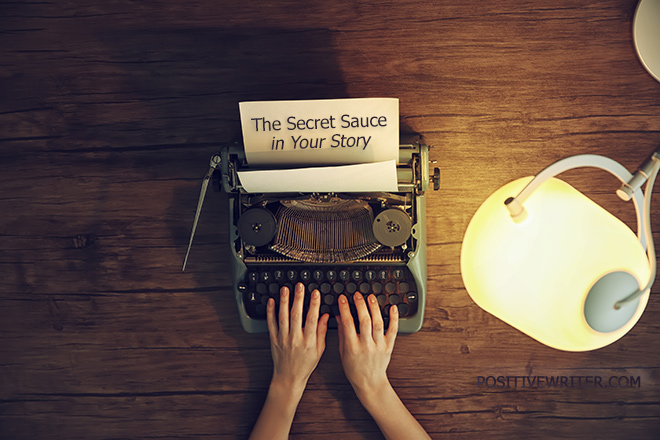For the longest while, I thought I knew the answer to the question:
How to stand out?
I thought it meant being better than everyone else, more talented, and brilliant, and showing that awesomeness off to the world. And, of course, investing large sums of money into editing and professional cover designs.
But, alas, I was wrong.
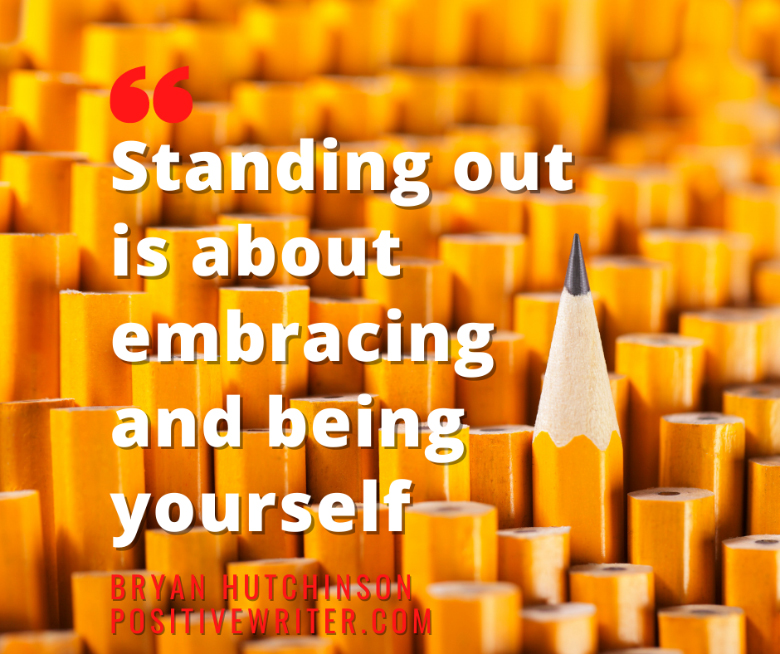
I was wrong on many levels actually. I’m smarter and more talented than I thought I was and standing out as a writer and as an artist, in general, isn’t really about all that. And when it comes to publishing, especially self-publishing, it’s not even about the editing or the professional book cover designs.
It’s not, I don’t care what the editors and designers try to tell you.
Standing out is about embracing and being yourself to the best of your ability.
Read that again.
Here’s the thing, most of us hold ourselves back from being the best we can be as ourselves.
You probably have an idea and have had it shot down by others or yourself because it’s not good enough for whatever reason. It’s just not right. It’s a great idea but it’s best left inside your head.
And that’s where that idea stays… forever, or until you encounter something that changes your perception and you realize your idea isn’t such a bad one after all, and with some work, it could be great. But even if others don’t get it, or like it, or praise it, or give two nickels about it, you eventually (hopefully) realize it just doesn’t matter. What matters is that it’s your idea and it deserves to be given a chance.
You deserve to be given a chance.
That’s why I wrote my book, “Writer’s Doubt,” and to date, it’s still one of my most-read books. I still get thank you cards and emails. But, if I’m honest, even if I have sold thousands of copies, it never took off the way I hoped it would. And that’s led me right back to the sweet embrace of doubt.
Hello, Doubt, my old friend.
But then…
The other day while I was contemplating all of this fresh doubt I was suffering from, I started messing around in a graphic design program coming up with new book cover mock-up ideas for Writer’s Doubt and while I was doing this my wife had passed my desk a few times without a word, quiet like the wind, she was, but then midway through one of her passings she giggled and stopped.
I was so deep in thought that I didn’t realize why she suddenly stopped.
I thought she just picked that moment to distract me. I turned around to see what she wanted and she was just staring at my computer screen with a nice little smile on her face. I turned back to the screen and saw what had captured her attention. One of the designs had caught her attention, enough to make her stop! Well, now, that was interesting.
Like you, I come up with ideas that I don’t trust. But every now and then I doodle them or write them down in my journal. In this case, I went ahead and designed a book cover I thought was fun and interesting, but I was never going to actually use it.
If I used it, as I explained to my wife, people will tell me it’s not professional, it’s too comical, it’s not serious enough, or something…
Then it clicked.
I wanted, like most of us, something that appeals to everyone—something a designer would say is well designed, a viewer would say is nice, and a reader would be pleased with enough not to criticize it.
Right?
But then we tell ourselves we want something that will stand out, but in the back of our minds, it needs to meet all these other criteria that we’ve been taught it needs to be…
It’s hard to stand out when you’re busy trying to please anyone and everyone who will read, view, or listen to your creation.
You think?

Now here’s the thing. It’s not a new design. I’ve owned that picture for years and had designed the original book cover this way, but I was told it would never sell. I had been designing alternatives all morning as my wife passed by and this cover stopped her in her tracks, something I designed years ago but didn’t trust! It made her have an emotional reaction as she connected with it.
And that’s what it means to stand out as a writer and as an artist, to cause others (and ourselves) to have an emotional reaction and connect to our work. This is the Purple Cow Seth Godin talks about and it’s what Jeff Goins teaches in his online class Tribe Writers!
After I redesigned (or rather, reverted) the cover to Writer’s Doubt, I decided to go ahead and redesign another book cover of mine that deserved more attention. I had a picture that I posted online that went viral because it was fun, interesting, and, well, maybe there is really paranormal evidence in that there cave! It was taken in the forest of my “Paranormal Evidence” book and so I decided to use it on the cover.
This is what I came up with:
It’s not a professional cover. It’s just something I felt works, at least for me. If it’s not going to sell anyway then at least I should appreciate it at a minimum. Right?
Now here’s the most interesting aspect of this, I was creating these new covers because I needed to express my own ideas whether they appealed to others or not, but then sales went up. All of a sudden, these books were getting attention again!
WHAT?!?
They were causing people to do what my wife did, stop in her tracks, and maybe giggle a little (and buy). I’ve always enjoyed using a bit of humor in my designs but have suppressed that to be more in line with what I thought people wanted. Truth is that people don’t always know what they want until you actually give them something and then they decide. As Steve Jobs said, “People don’t know what they want until you show it to them.”
40,000 copies!
I’ve got one more example for you, and it’s an important one, a dozen or so years ago I published a little book titled, “10 Things I Hate About ADHD,” – It was downloaded over 40,000 times!
It was the most downloaded ADHD eBook at the time. It’s a great test study in that when I published it I didn’t over-think it and created a basic book cover in PowerPoint, just something I thought was funny and related. It wasn’t anything remotely professional-looking. Take a look for yourself:
That’s it!
Oh, and did I tell you it wasn’t edited? Not At All.
That’s right. I know, crazy, radical, and all that stuff. Go ahead, stone me!
40,000+ downloads later I decided to expand it a little, have it professionally edited, and have a professional cover designed. And you know what, all that polish didn’t do a damn thing to improve downloads/sales. In fact, the rate slowed down. Don’t get me wrong, many do love the updated version, too, just not 40,000 of them… yet.
The update improved it for “the approval” of those who would never buy it, such as the designers, editors, and other writers and artists who insist we put all that spit and shine on our work. But for those the book really mattered to, they just wanted to relate, and the original creation, as it was, related in a way that mattered to them and not in the way professionals and gatekeepers tell us it needs to matter to them. There’s a difference and it’s this difference that kills a lot of good ideas for those who otherwise would create something that connects.
With that said, the updated version has my favorite professionally designed book cover and I personally love the book. You can check it out here if you like.
Bottom line, you’ve got to trust your original raw idea, whatever it is.
Make it happen, for better or worse, for praise or obscurity, for cheers or ridicule, do it. See what happens. Create your own purple cow and get the attention your ideas deserve by putting them out there, raw and real. You, nor the people you’re going to present them to, know what’s going to happen next, until you show it to them (and yourself). You don’t need all the spit and shine for your work to take off. If it connects, it will take off on its own merits.
What I’m trying to say is that editing, professional design, and putting the polish on our work are all well and good, even important, but we have to remember the most important thing: creating a connection. You can rub and polish all you want, but if there’s no connection with the viewer, listener, or reader, it just doesn’t matter. And there’s a secret to creating a connection most people won’t tell you, it’s your raw, unfettered idea coming to life as you intend it to before all the know-it-all’s tell you what it needs and how you can improve it.
Create with the door closed, before you let in all the do-betterers and improverers.
C O N N E C T
That’s how you’ll stand out.
Oh, and one last thing, no one can teach you how to make your art connect with an audience. The only way is to be honest and create what matters TO YOU, first, and then, take the risk and put it out there. The first work you put out there might not be the home run you dream of, but it will be a start and if you keep creating from your heart, eventually, you’ll touch others and connect.
Well, okay, maybe we can teach it a little.
What’s that idea you’ve been holding out on? Go, create it!


